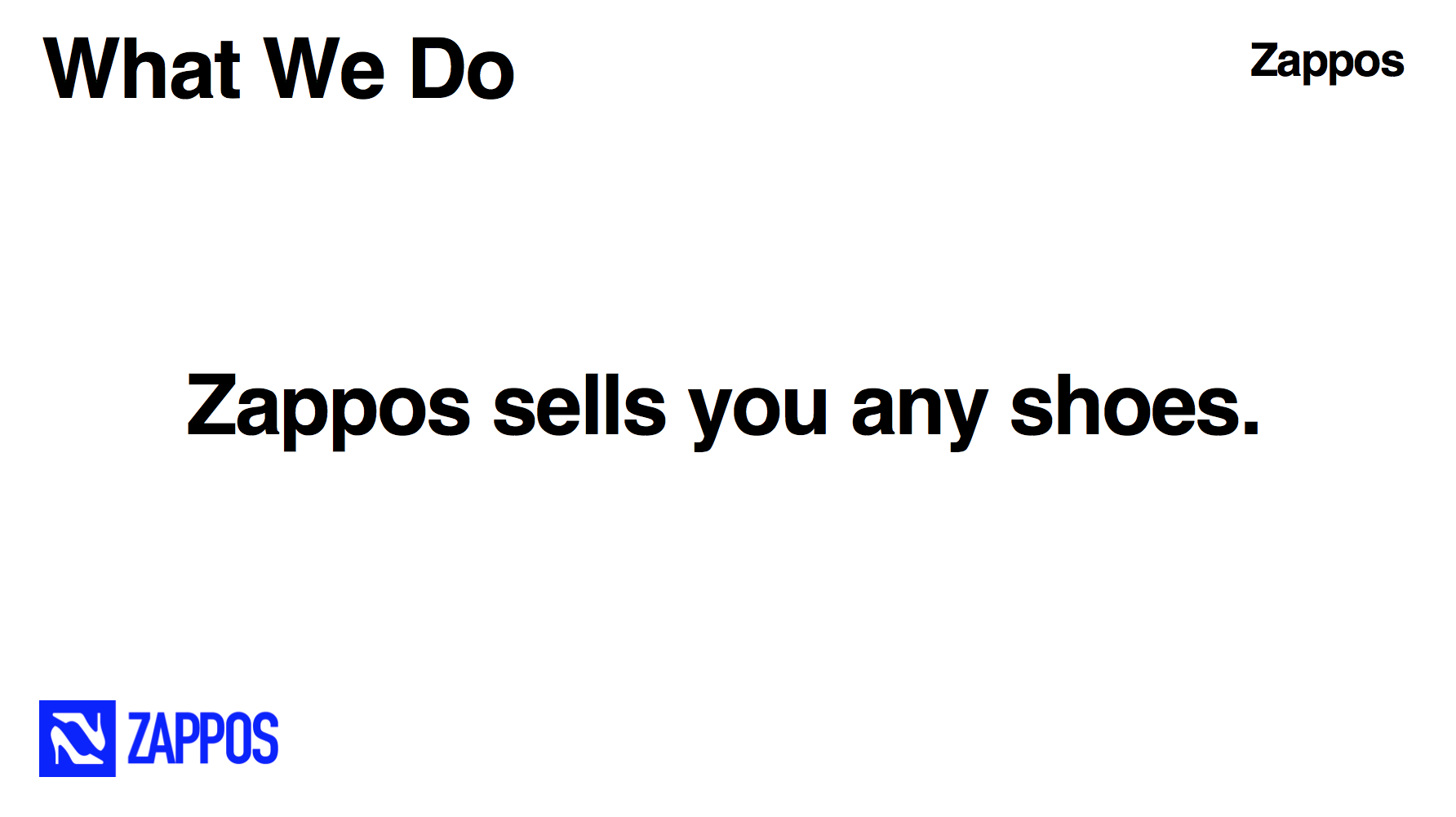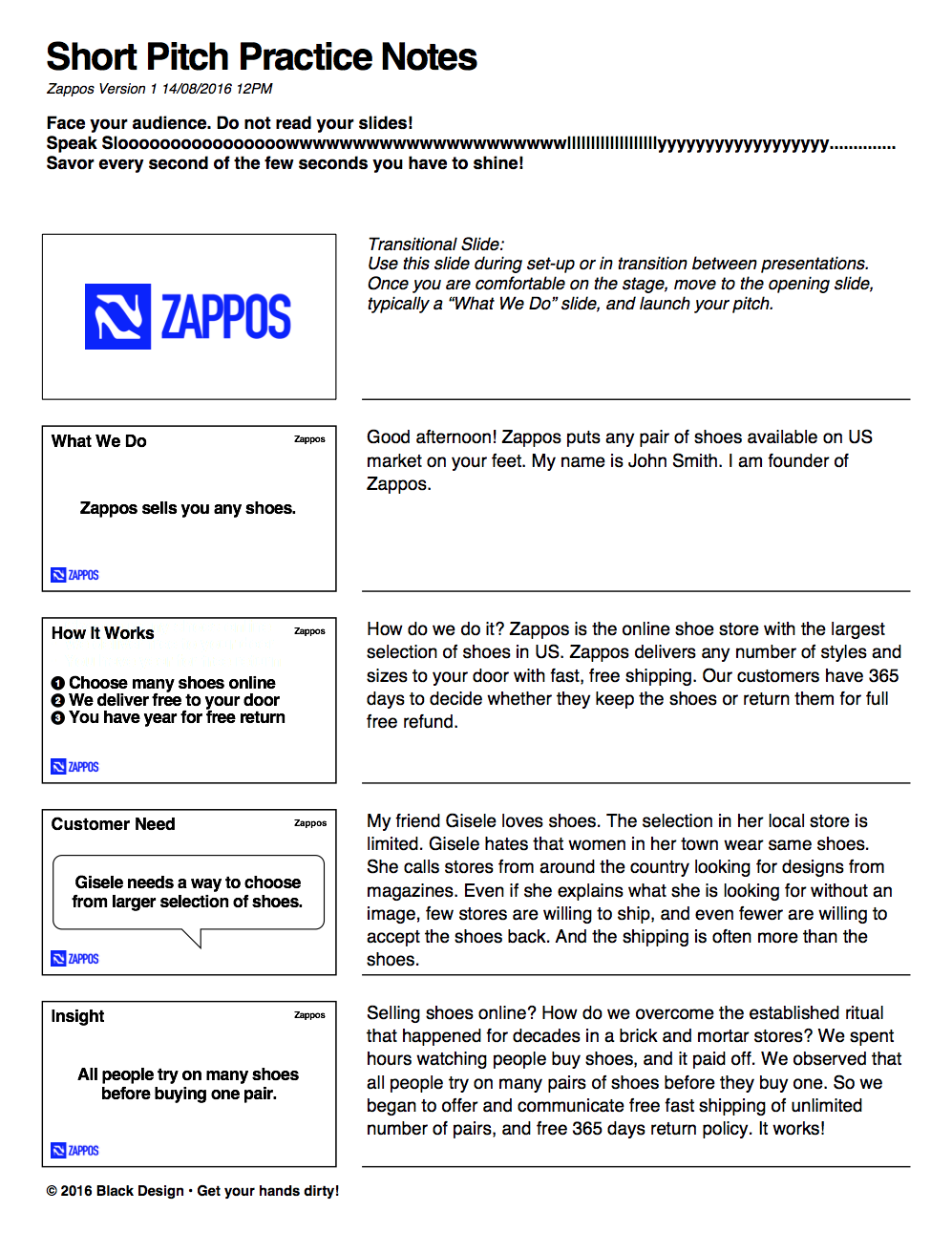About use of image:
Image is worth thousand words. But it is not trivial to choose an empowering image for a short pitch. Most founders get that wrong. So rather than incentivizing you to waste a valuable time browsing image banks and arguing with your co-founders about the image meaning, we have designed pitch that requires no images. This format works for 99% of early stage companies. Invest your time in practice.
Memo:
Not to confuse YC founders – our largest user group – when we designed the 150 SECOND PITCH TOOL we have closely adhered to the YC advice on pitching. These are the publically available resources:
How to Present to Investors, YC founder Paul Graham
How to Pitch Your Company, YC partner Michael Seibel
A Guide to Demo Day Presentations, YC partner Geoff Ralston
Advice on Pitching, YC partner Kevin Hale
Advice on Pitching, YC partner Aaron Harris

